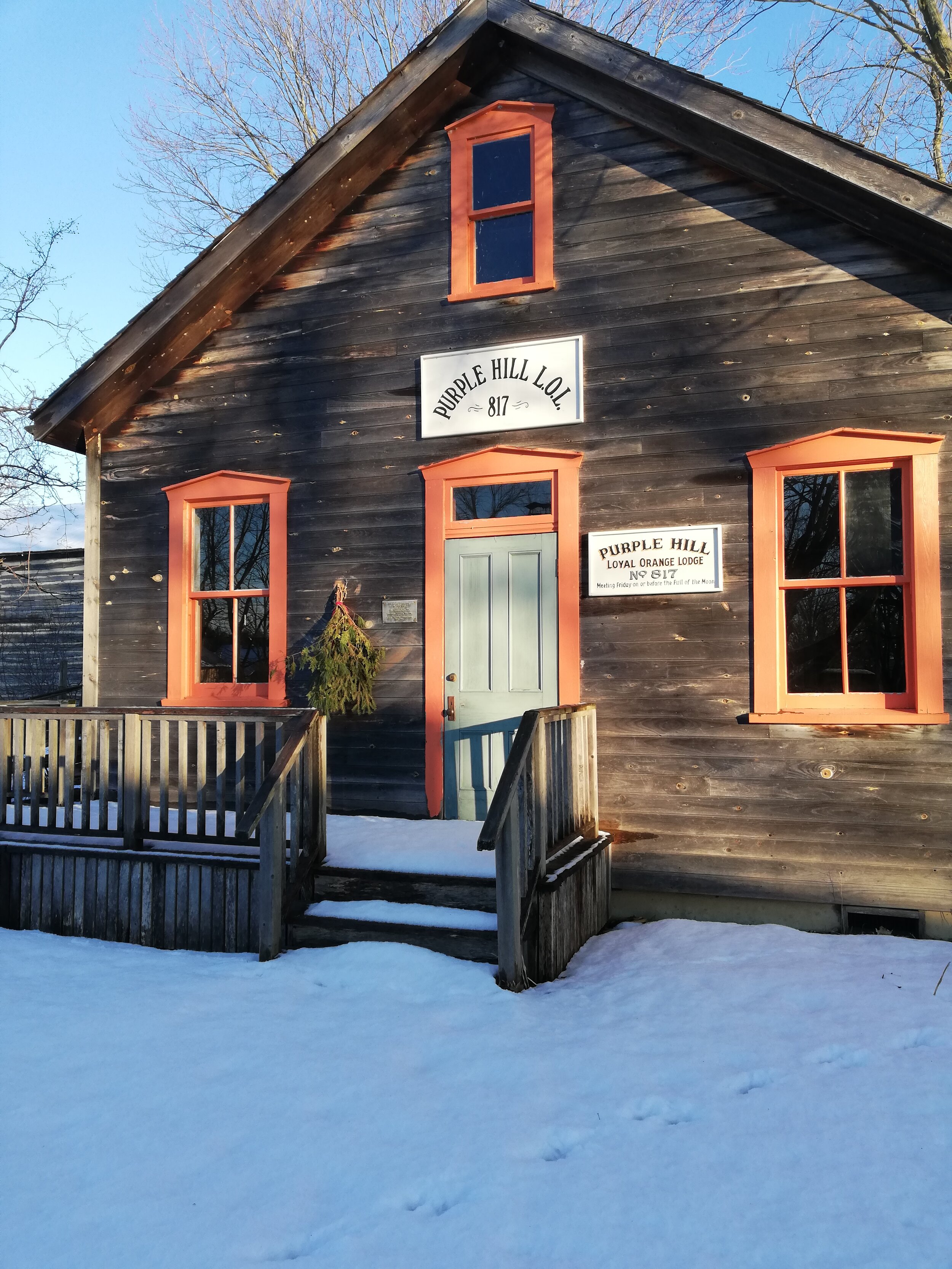Fanshawe Corners
1850-1880
Representative of the first stage of urban development at a transportation crossroads.
Individual efforts continue, often with increased economic reward. At the same time, collaboration with neighbours, usually of similar ethnic background, results in more community facilities and the rise of businesses serving regional needs. Communal effort is not without conflict between and amongst ethnic and religious groups. Community facilities are located at transportation crossroads that grow to provide economic and social support to area farms. Communities become more connected to the outside world through the advent of telegraph and the railway.
Time Line
> 1850 - Fugitive Slave Act is passed in the United States of America, further endangering Black Freedom Seekers.
> 1853 - The first train arrives in London, Ontario.
> 1855 - London becomes a city.
> 1857 - Ottawa is chosen as capital of Canada.
> 1861-1865 - The American Civil War takes place.
> 1867 - British North America Act creates the Dominion of Canada.
> 1869-1870 - Red River Resistance in Manitoba.
> 1871 - British troops withdraw from Canada, and permanently leave London, Ontario.
> 1876 - The Indian Act is introduced as a means to eradicate Indigenous culture through forced assimilation. An amended Act still exists today..
Buildings
African Methodist Episcopal Church
Original Building
Built 1848
Replica Built 1959
Original Building
Circa 1880
Original Building
Circa 1884
Replica Built 1987
Original Building
Circa 1843
Replica Built 1964
Rebuilt Building
Circa 1860
Original Building
Circa 1860
Original Building
Circa 1867
Original Building
Circa 1870
























